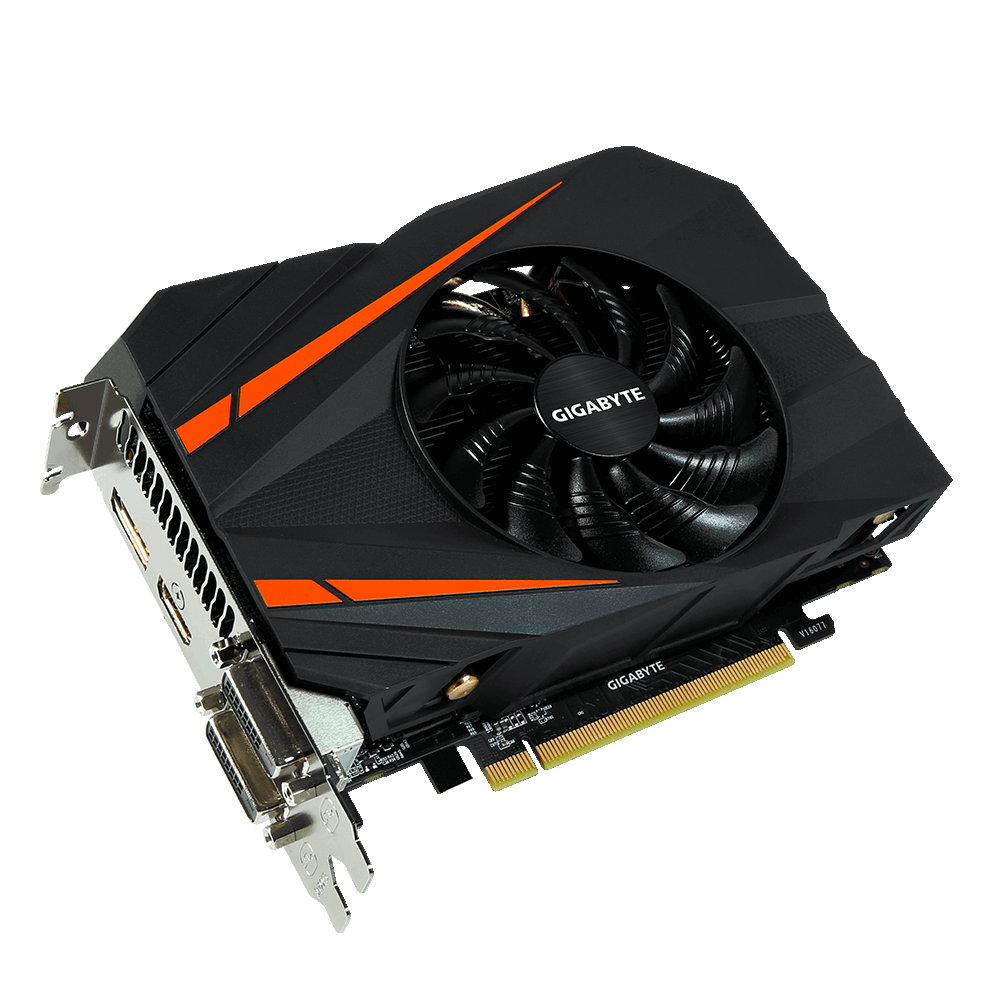

Review » HP Omen 15 (7700HQ, GTX 1060 Max-Q, Full-HD) Laptop Review Review » Dell Inspi7577 (i5-7300HQ, GTX 1060 Max-Q) Laptop Review Review » Dell Inspi7577 (i7-7700HQ, GTX 1060 Max-Q, 4K UHD) Laptop Review Multi-Projection, VR Ready, G-SYNC, Vulkan, Multi Monitorĭell Inspi7577 4K: Intel Core i7-7700HQ, 15.60", 2.9 kg GeForce GTX 1000 Series GeForce GTX 1080 Ti The power consumption of the Max-Q design is notably lower than the normal GTX 1060 for laptops and ranges between 60 and 70 Watt (TGP) according to Nvidia. A list of improvements and features can be found in our article on the Pascal architecture.

The GP106 chip is produced in 16nm FinFET at TSMC and offers a range of new features, like DisplayPort 1.4 (ready), HDMI 2.0b, HDR, Simultaneous Multi-Projection (SMP) and improved H.265 video de- and encoding (PlayReady 3.0). The drivers for the Max-Q version were optimized for efficiency (and not performance only for Max-Q models), there are optimized voltage converters for 1V operation, high-end cooling methods, and a 40 dB limit for the fan noise (with clock adjustments to ensure this at all times). The clock is not the only difference compared to the regular GTX 1060 though.

The base frequency (1063-1265 MHz) is also much lower than on the regular GTX 1060 (1506 MHz, at least -16%) and the Boost (1341-1480 MHz) is also much lower compared to 1708 MHz (at least -13%) for the regular GTX 1060. It is designed for thin and light laptops and about 10-15% slower than a regular GTX 1060 for laptops based on the cooling capabilities. The Nvidia GeForce GTX 1060 with the Max-Q design is a mobile high-end GPU from the Pascal series.


 0 kommentar(er)
0 kommentar(er)
